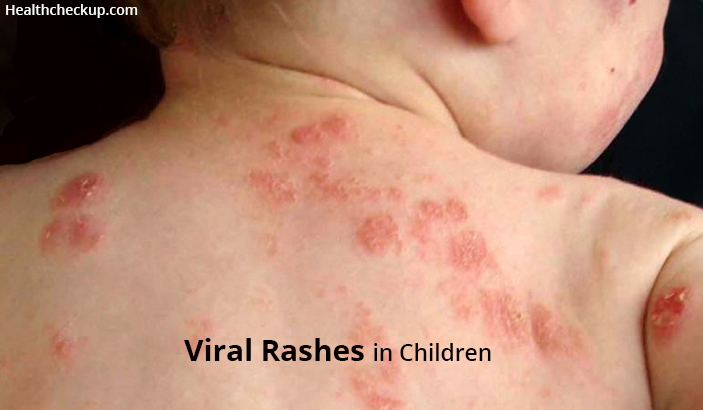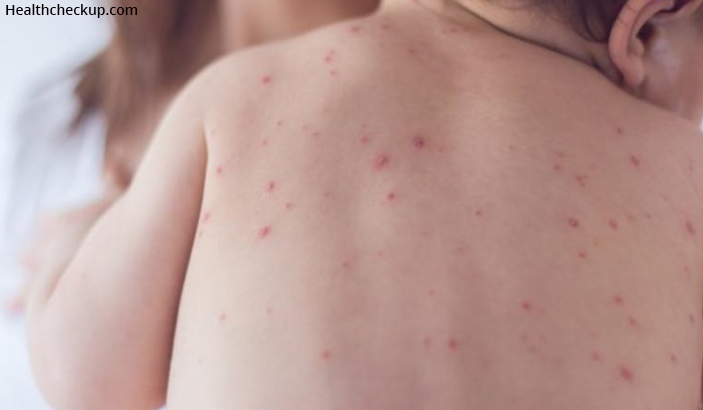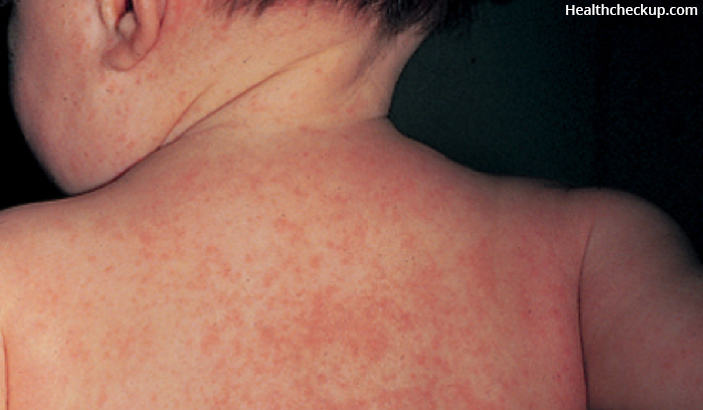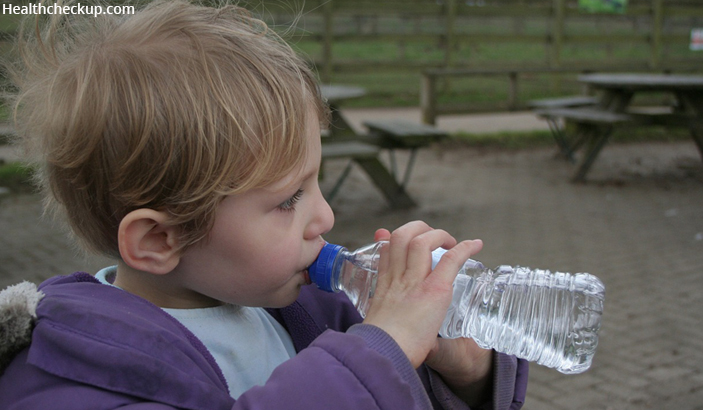Viral rashes in children may affect various places in the body and sometimes also lead to the formation of temporary red rashes, which are most of the time harmless and will disappear in a couple of days time. But in some cases, it may take a few weeks at the most.
Viral rashes in children do not usually lead to pain or itching or any kind of discomfort, and thus they do not need to be treated. There are cases where a formation of a viral rash can be the cause of some other medical condition and thus would require immediate attention as well, and you would, therefore, need to visit a doctor for the same. Viral rashes in children are very common, which you need to pay attention to especially when it comes with a fever.
What is a Viral Rash?
A viral rash is caused by a particular virus, and the rash may just be a symptom of the same. The rash can also be a standard way to diagnose your babies’ illness. Various kinds of illnesses lead to common cold and cough, fever, and small red rashes that are sometimes invisible. A viral rash usually varies in size and shape and affects various parts of the body. They do not itch much and disappear in a few days.
Conditions that Cause Viral Rashes in Children:
There are various causes of viral rashes in children. Below are the conditions that cause rashes in children and the symptoms of the same:
Symptoms of Chicken Pox:
Chicken Pox usually affects children. They appear as small and red painful rash that tends to itch. They appear initially as the itchy rash on the wrists, behind the ears, scalp, forehead, groin, and armpits and then spreads all over the body gradually. The rash starts with a small blister surrounded by red skin and then after some days tends to rupture and burst. Additional symptoms are sore throat, red eyes, fever, and lethargy.
The early symptoms of viral rashes and chicken pox are sore throat, fever, and lethargy. This is followed, by the appearance of the intensely itchy rash that begins on the head and torso and then spreads outward all over the arms and legs. The total duration of the rash is seven to 10 days.
Symptoms of Measles:
Measles initially starts with high fever, cough, swelling, and redness of the eyes and nasal congestion followed by a rash on your infant’s face that occurs on day three or four. This rash is known to spread really rapidly, and you can also get another rash with white spots in the mouth around the gums.
The initial symptoms appear 10-12 days after exposure to the contagious virus. Respiratory droplet inhalation is the mode of transmission. This rash is however not contagious.
Symptoms of Rubella:
Rubella begins with a pale pink rash on the face and slowly spreads to the rest of the body and then gradually reduces around the 4th day. Though the child may not seem to be ill, he indeed develops swollen and inflamed lymph nodes mainly in the neck areas or even in the back area of his ears.
The infected child will develop a pink or light red rash on the face that then spreads to the body.
Symptoms of Fifth Disease:
This is a disease that occurs in children between the age group of 4 and 10. It begins with slight flu-like symptoms with rash and bright red cheeks. Those red rashes are also seen on the patient’s legs or the arms once the fever is gone.
Fifth disease starts with a cold – nasal congestion with slight cough, headache, mild sore throat, and low-grade fever.
Symptoms of Lupus:
Lupus is an autoimmune disease that comprises of fatigue, painful joints and a red swelling rash, which is also accompanied by fever. This is a chronic disease that keeps on recurring time and again.
Symptoms of Roseola:
Roseola is mainly caused by a virus called human herpesvirus 6 (HHV-6). This condition is accompanied by high fever and rash when the temperature breaks out. This disease usually affects children between the age group of six months and two years.
High, spiking fever for two to five days without other significant respiratory or intestinal symptoms.
Other Preventive Measures and Treatment for Viral Rashes in Children
-
Drinking Lots of Water:
If your child has viral fever, then there are chances that your child will experience a lot of water loss. If you have a small one year old baby, then make sure that you give him enough liquid to drink and feed him breast milk frequently.
-
Eating Food:
If your child prefers not to eat solids then ensure that you give him enough fluids like juice, popsicles, milk, and other kinds of different watery food like lentil soup, chicken soup and so on.
-
Resting and Sleeping:
If your child has a viral rash, then ensure that he gets a lot of rest. Rest will help him to recover quickly. Send him to school after completing the whole rest period of 21 days after his fever has gone entirely and he is feeling good.
-
Taking Care of your Skin:
As a parent always ensure that your child does not scratch on the rashes. Always keep his fingernails short and trim them well. Also clean the scrubs thoroughly with warm water, cotton, and any antiseptic lotions. Itchy skin can sometimes get relief with a warm oatmeal bath. You can also apply some topical OTC cream like Hydrocortisone.
Viral rashes in children and babies are quite common. Different viruses cause these different rashes and these rashes disappear after some time.
The Appearance of Different Viral Rashes
Different kind of viral rashes in children have different kinds of appearance. They either occur in flat areas, in bumpy areas, in the form of welts and blisters or a combination of all-together. It is very common for a rash to spread all over the body before actually disappearing.
How can you prevent spreading Viral Rashes and Infections?
Viruses are usually known to spread through direct contact. The best way in which viral rashes in children can be prevented from spreading is to wash your hands thoroughly. Your children should avoid sharing towels, drinking cups and cutleries, toothbrushes and clothing. The viral infection, which causes the rash, will also tend to produce fever. This can happen at the initiation of illness before the rash appears or when the rash has already appeared. Contact the doctor if you feel that your kid has a high fever with rashes as this may be the cause of some other disease other than just rashes.
What All do you Need to Remember
- Rashes caused by viruses are common in children, toddler, and babies
- Most of these viral rashes in children are harmless and will disappear on their own
- If your child has a fever along with rashes that do not turn white (blanch) when you push on them, then you need to visit the doctor.
Medically Reviewed By












